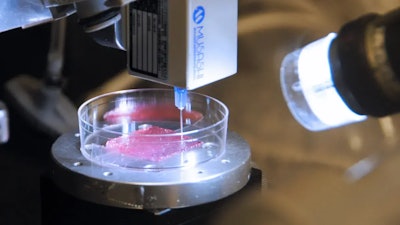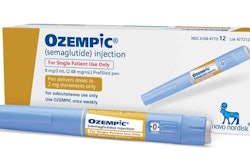
Full-thickness skin wounds caused by severe injuries or burns are a substantial clinical challenge in the United States, affecting nearly half a million people annually and costing billions of dollars to treat. The current standard treatment involves autologous skin grafting, which relies on harvesting healthy skin from the patient's body. However, this approach has limitations, particularly when there is limited healthy donor skin available. According to a recent Interesting Engineering article, scientists from the Wake Forest Institute for Regenerative Medicine have successfully developed bioprinted skin that mimics the properties of natural human skin.






















